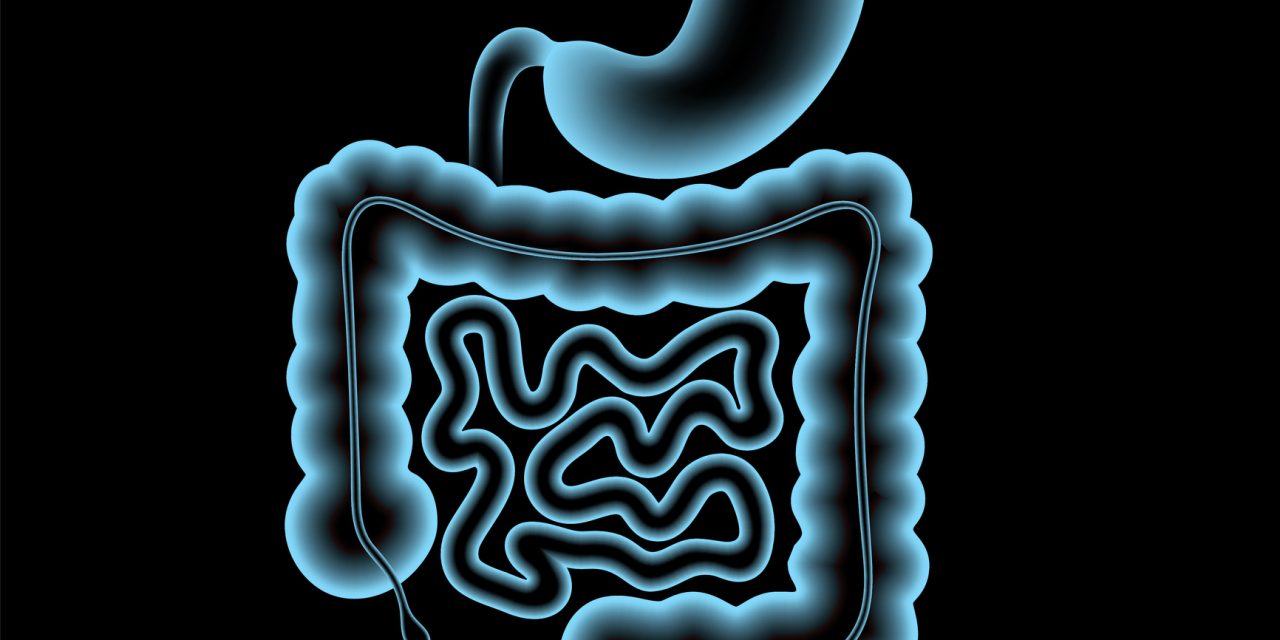Achalasia is a rare esophageal motility disorder characterized by esophageal aperistalsis and impaired relaxation of lower esophageal sphincter. There is no cure for achalasia and all the current treatments are aimed at palliation of symptoms by reducing the lower esophageal sphincter pressure. Currently, laparoscopic Heller myotomy (LHM) with partial fundoplication is considered the most effective and durable treatment option owing to its superiority over other treatments such as pneumatic dilation. Advancements in interventional endoscopy led to a novel minimally invasive endoscopic alternative to LHM, namely peroral endoscopic myotomy (POEM). In the last decade since its inception, POEM expanded rapidly throughout the world due to excellent safety profile and its efficacy comparable to LHM. The main drawback of POEM is gastroesophageal reflux disease since it is not combined with an anti-reflux procedure. The current review focuses on the indications, contraindications, technique, outcomes of POEM in various patient populations, and complications along with its effectiveness in comparison to LHM and pneumatic dilation.© 2020 Chadalavada et al.
Peroral Endoscopic Myotomy as a Novel Treatment for Achalasia: Patient Selection and Perspectives.


